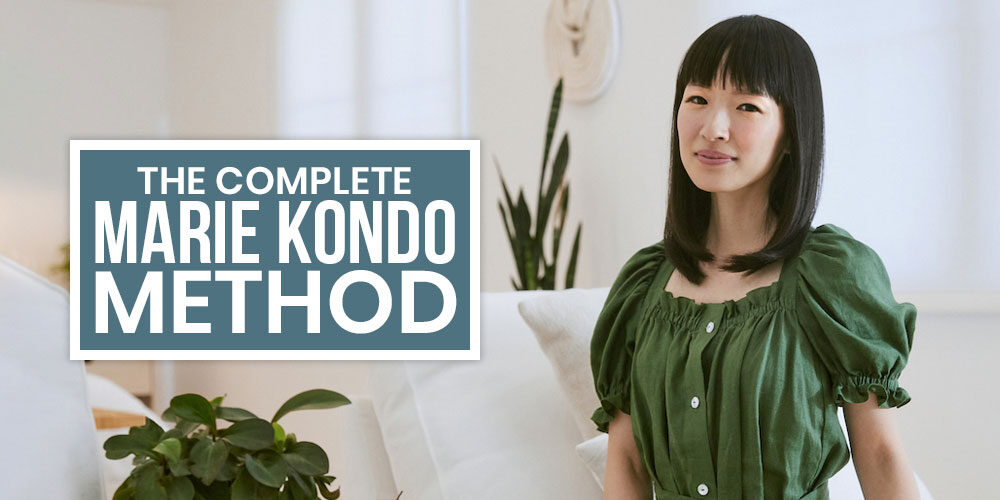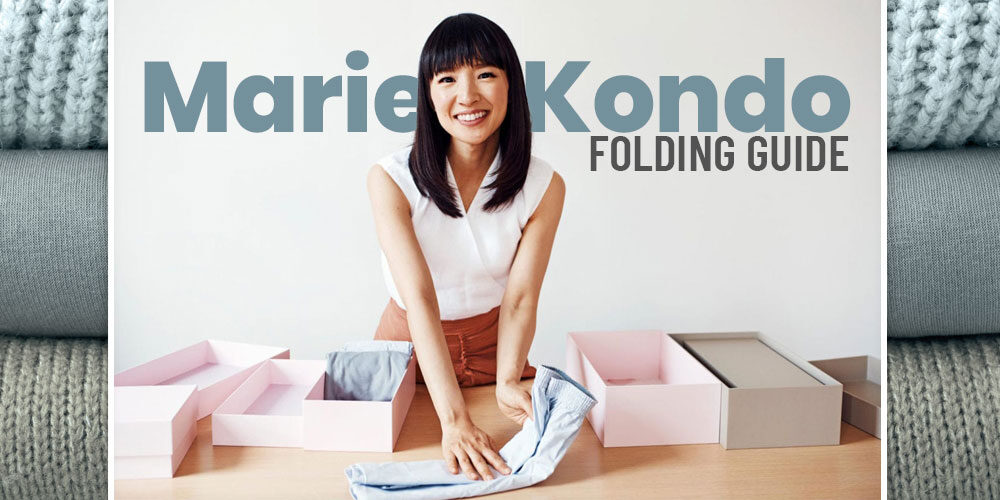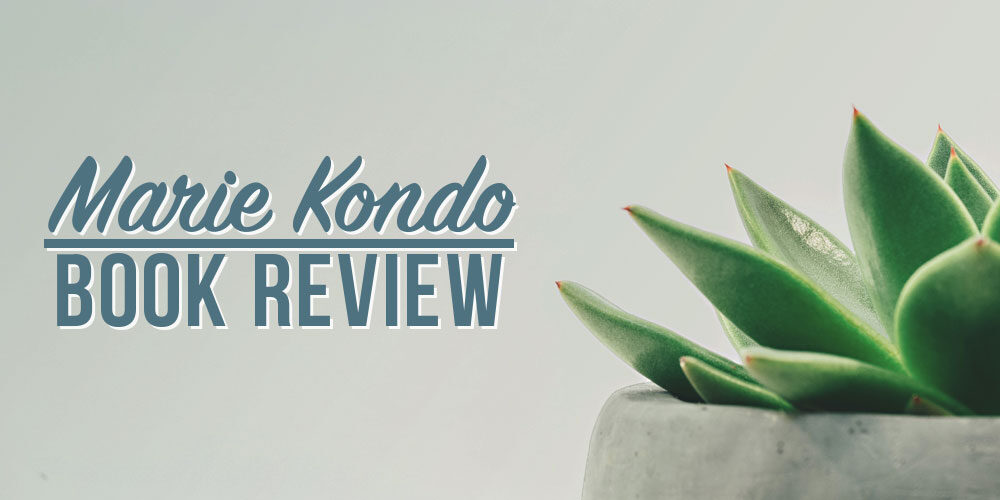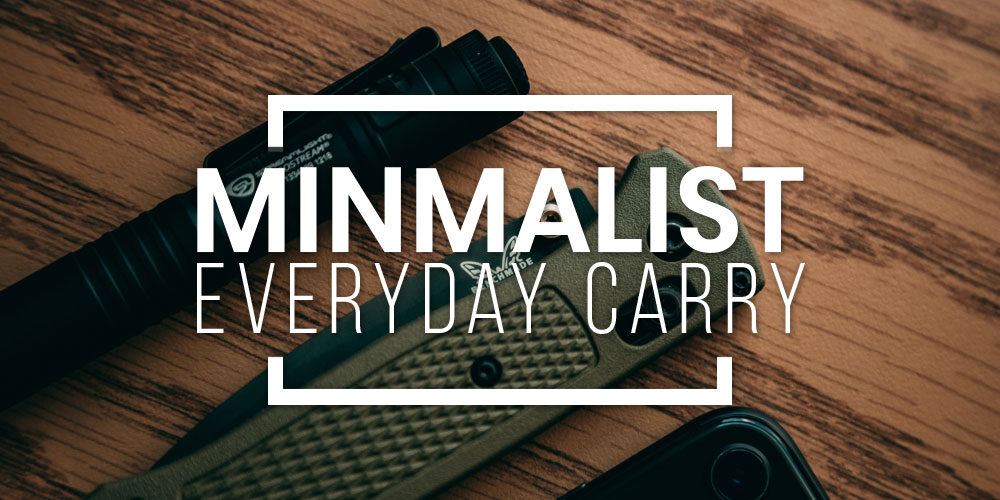Navigating gift-giving around birthdays, anniversaries, and holidays is often tricky for those with minimalists on their list. After all, how do you find amazing gifts for minimalists when they need less, not more?
Read more →Archive for the Minimalism Category
Marie Kondo’s method of organizing your home aligns closely with the minimalist lifestyle. I’ve written a lot of in-depth articles with step-by-step instructions on her techniques, so I’ve pulled together this guide to help you navigate her best advice and practically apply it in your everyday life. If you’re looking to tidy your home, adopt a minimalist-inspired lifestyle, or seek more fulfillment in your life, the KonMari method is a great place to start.
Read more →Marie Kondo’s method of folding clothes showed me that folding laundry doesn’t have to be a chore. In fact, it can be uplifting and contribute to a very neat and organized space. While I’ve never been a huge fan of doing laundry, the KonMari folding method changed my outlook, and I even adopted it in parts of my closet.
Read more →The truth is, it’s hard to find decent book reviews on all of Marie Kondo’s published works. More than just the queen of tidying and a fitted-sheet folding guru — Marie Kondo is also the author of a collection of books that have helped many people reassess their relationship with things, clutter, and gratitude.
Read more →When I talk about how to live a minimalist lifestyle, I often have to remind others (and myself) that minimalism doesn’t just mean a complete absence of stuff. Minimalism is about stripping away unnecessary items and living each day with intention. Having a minimalist everyday carry list is a great way to define the essentials in my day-to-day life.
Read more →



